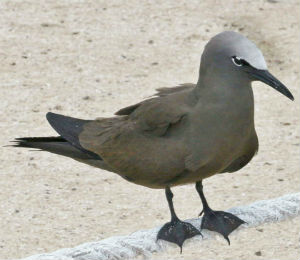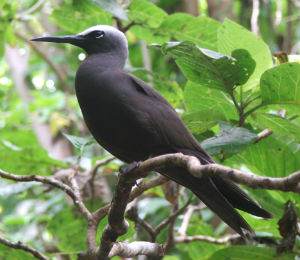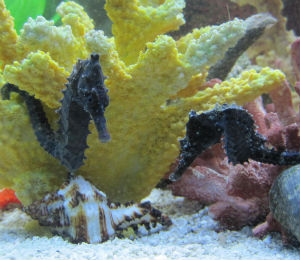Those white sandy beaches in the Florida Keys extend right out into the water to form miles of shallow sand and grass flats. That means, you guessed it, crabs. You can take a Key West Snorkeling adventure for crab spotting on either the Atlantic Coast, or around the uninhabited mangrove forests on the Gulf side.
If food is your goal, the prime catch is the stone crab. Stone crab season runs from October 15th through April 15th every year. A lot of rules apply, so be sure to ask about licensing and catch restrictions. A fun trip can be ruined by a fine or jail time.
Stone crabbing is easy, too. Most folks just break off a claw and drop it in their catch sack rather than taking the whole crab, but if you go remember to be a good neighbor. At $30 a pound for prime jumbo stone crab claws, it can be tempting to take both when you catch one. Technically, it’s legal. Then again, while a crab will re-grow its claws, it needs one to catch its own food. Again, remember to ask the dive master. Small claws are not fair game. Don’t let the sheriff, FWC, or the Coast Guard catch you without something to measure your catch.
If you’re more into sightseeing than catching supper, Key West has some gorgeous crabs for watchers to collect. Favorites include the thin-shelled rock crab, a reddish-brown crab with pale blue spots that almost like they would glow in the dark. Some divers prefer the Sally Lightfoot crab for its circus coloring. Its yellow back gives way to blue shoulders, and bright red claws and legs. Either is quite a sight to see in the wild.
There’s no shortage of hermit crabs, either. Kids love watching them, and where you find hermits, you can also sometimes catch sight of flame streaked box crabs. Since they’re shy, naturally camouflaged, and they burrow in the sand, they’re tougher to collect, so keep your eyes peeled.
Whether you spot one or all of them, or even none, it’s worth it just to bask in the warm, clear waters. Enjoy.




